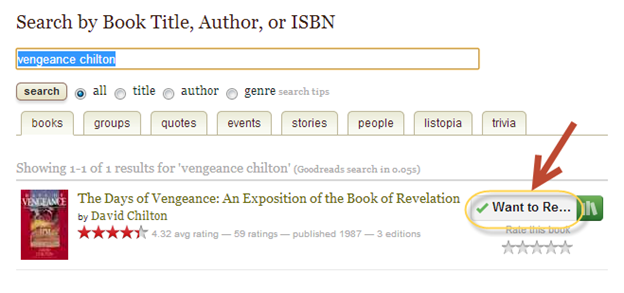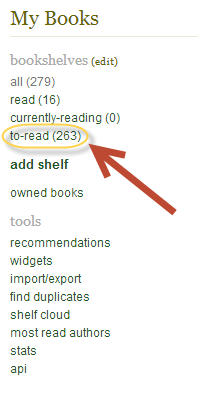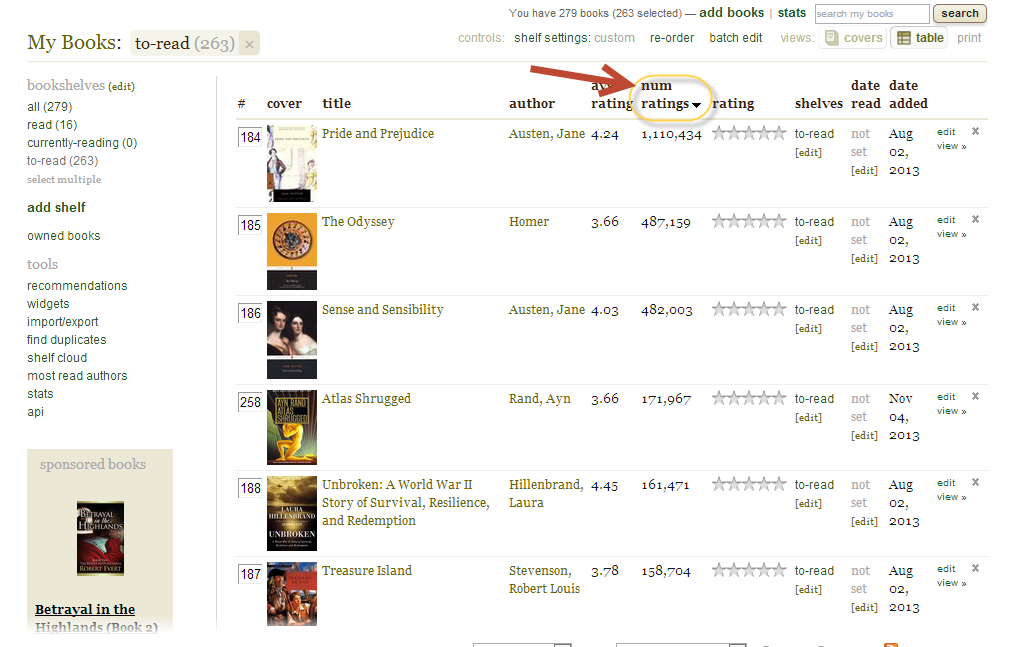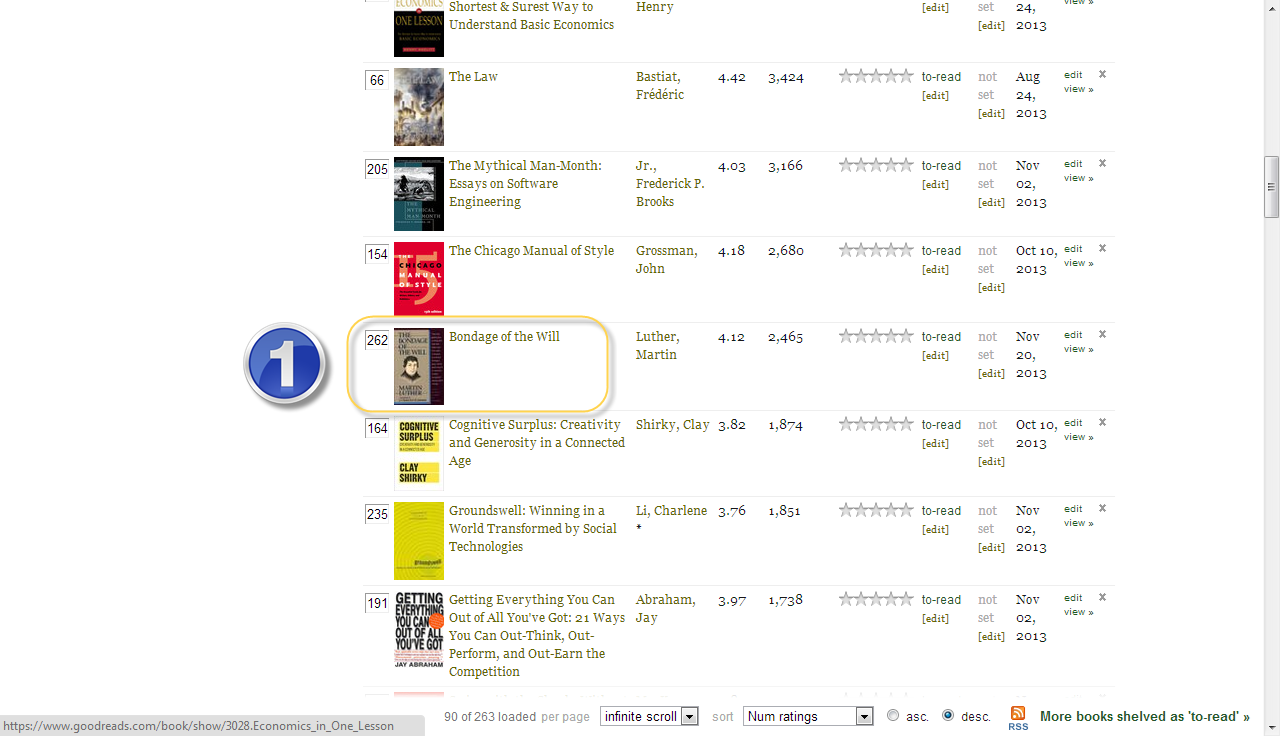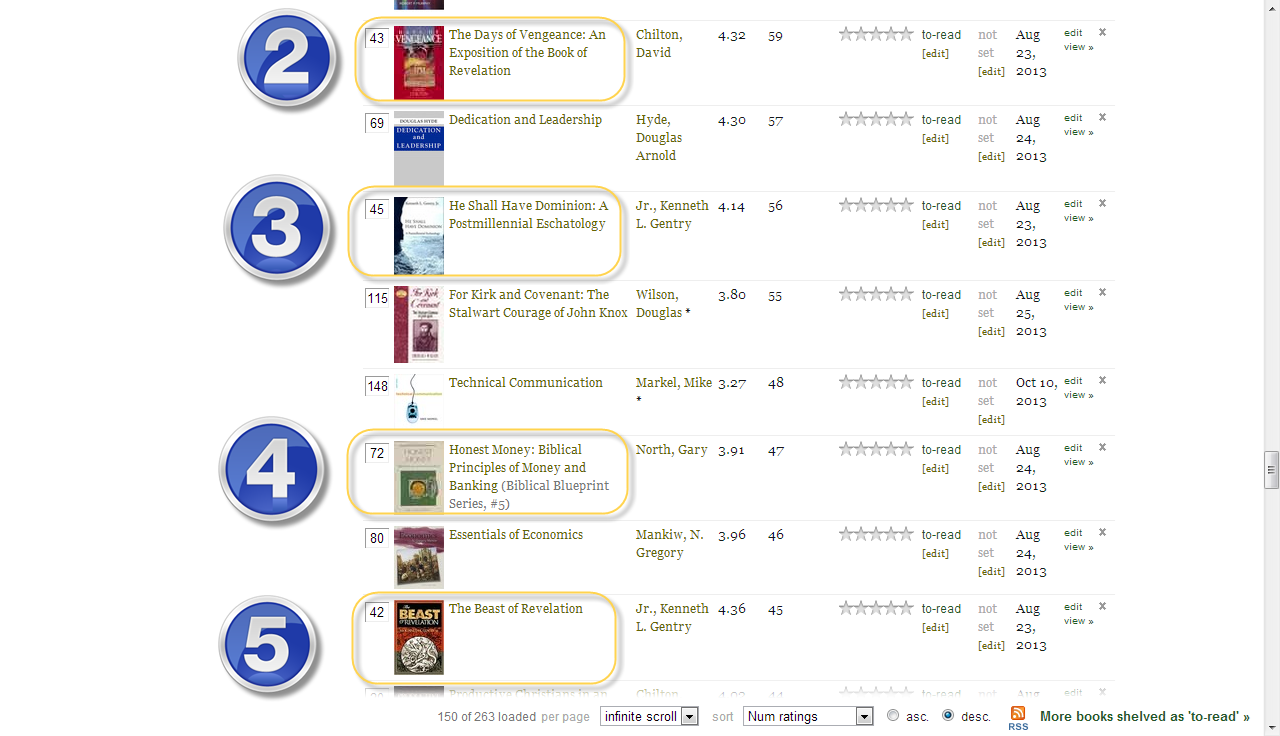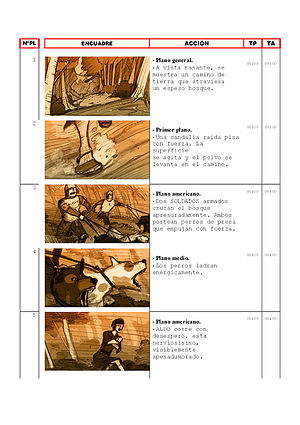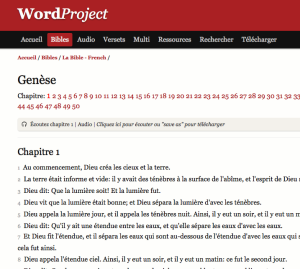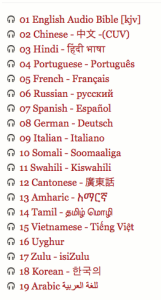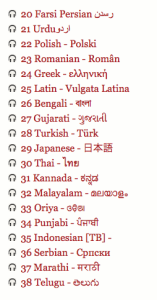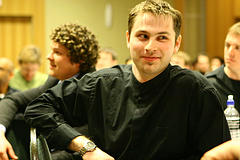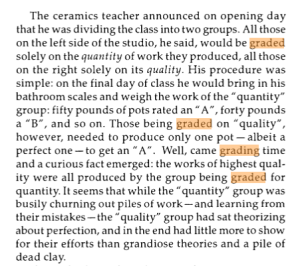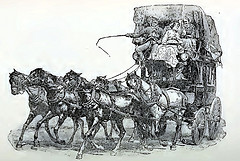
Guest Post by Levi Heiple.
Money is a means of fulfilling your calling.
I grew up with a skewed view of money. My parents had a lot of consumer debt. I grew up in a Christian culture that implicitly (and sometimes even explicitly) viewed money as inherently evil–necessary to pay the bills, but evil nonetheless. This is not what my parents taught me, but it is what I picked up from the culture around me.
Little did I know, that the Bible actually teaches that wealth is a desirable tool of dominion. It buys you time to work on your calling. It allows you to build infrastructures to advance God’s kingdom.
I wish I had had this view of money before I went to college.
If I could go back to the summer after my high school graduation, this is what I would do differently:
First, I would identify the five most important things I wanted to achieve in my life. These have nothing to do with money. It has to do with the legacy I wanted to leave behind and what I wanted to pass on to the next generation. This is my calling.
Next, I would spend the rest of the summer thinking about what kind of jobs would give me the most amount of capital for my calling in the least amount of time. It could be money to fund the projects. It could be a network of relationships. It could be skills and knowledge I need to fulfill my calling.
Finally, I would ask myself if getting a college degree would accelerate or hinder my progress towards that goal. In other words, I would take the time cost (anywhere from 4-12 years) and the money cost ($50,000+?) and I would ask myself, “if I took the same amount of time and money, could I make a better long-term investment?”
Perhaps going to college would be the best investment for your child. It would be the best place for him to get the network, knowledge, and skills he needs for his lifelong pursuit. Or maybe it will give him more credibility in his field than he would have otherwise obtained by doing other activities.
On the other hand, you could discover that there is a better way to invest those first several years of adulthood.
About Levi Heiple
Levi Heiple is a writer/entrepreneur who specializes in electronic training and support systems. He connected with Jonathan Harris after being asked tutor his son, Caleb. You can sign up for Levi’s free weekly tip on “reading for innovation” at BookBlitzMethod.com. You can find his professional website at LeviHeiple.com. You can find his web design service at WebPromoPackage.com.









